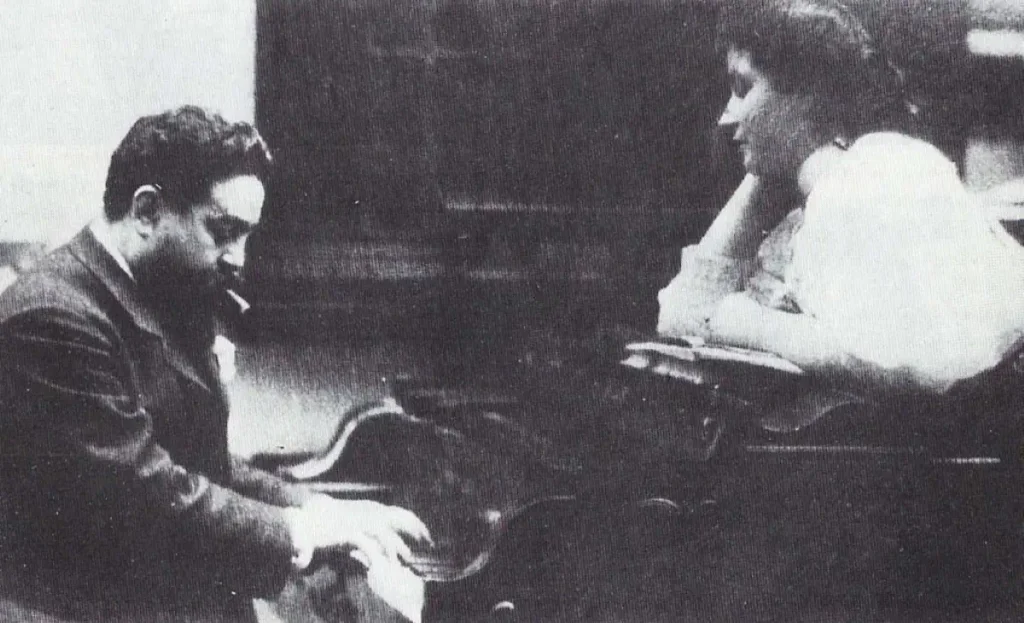Legendary English classical guitarist Julian Bream plays Granada, originally a piano composition by the Spanish composer Isaac Albéniz, the opening piece from his 1886 work Suite Española No. 1.
Isaac Albéniz’s Granada
Isaac Albéniz’s Granada (Serenata) is one of the most evocative pieces in his piano cycle Suite Española, Op. 47, written in 1886. Although Albéniz composed it for piano, the work has become even more famous in its guitar transcription, particularly through Andrés Segovia, who helped cement it as a cornerstone of the classical guitar repertoire. The piece is a musical homage to the city of Granada in southern Spain, a place steeped in Andalusian, Moorish, and Gypsy cultural influences.
The music immediately transports the listener with its gentle, serenade-like character. Its flowing melodic line, marked by a lyrical singing quality, is often compared to the sound of a Spanish folk singer accompanied by the strumming of a guitar. Albéniz achieves this effect at the piano by combining legato phrases in the right hand with rhythmically suggestive patterns in the left, imitating the textures of flamenco guitar accompaniment. The harmonies evoke the Phrygian mode and other modal colors characteristic of Andalusian music, creating a sense of exoticism that fascinated audiences of the late Romantic era.

What makes Granada so captivating is the atmosphere it creates: an image of warm summer nights, courtyards with fountains, and echoes of Moorish architecture like the Alhambra. The work does not rely on technical brilliance or virtuosic display but instead on mood and expression. Its charm lies in the subtle shifts between major and minor tonalities, the delicate ornamentation of the melody, and the sense of nostalgia that runs throughout.
Albéniz himself was strongly influenced by Spanish folk traditions, even though he spent much of his career abroad, in Paris and London. In Granada, he distilled his impressions of Spain into music that appealed not only to Spanish audiences but also to the growing fascination with Spanish exoticism in the rest of Europe. The piece became symbolic of how music could capture the essence of a place and its culture without directly quoting folk material.
Today, Granada stands as a quintessential example of Spanish musical nationalism. Whether performed on piano or guitar, it remains a poetic and atmospheric work that conjures the romantic spirit of Andalusia and demonstrates Albéniz’s gift for blending classical structure with folk inspiration.
Sources
- Granada (Albéniz) on Wikipedia
- “Granada (Seranata) – I. Albéniz – No. 1 from Suite Española, Op. 47” on the Classical Guitar Music website
- “Isaac Albéniz’s Granada: The Serenade of Spain” on the World of Musicality website
